🍺La Vie Est Belge🍟 Dinant - A step back into World War I 🏰
Living in Belgium gives you a unique opportunity to travel around. Not only is it a mayor airline crossroad for European and worldwide destinations, the country itself is well connected with train and road network. And moreover, it is full of charming cities and towns with a mixture of different architectural styles, from impressive Gothic cathedrals, Romanesque castles and Renaissance town halls, to traditional Flemish and Walloon urban architecture. We are living in the heart of Belgium (and Europe), the famous Bruxelles. Being located in the centre allows us to be anywhere in Belgium in maximum 1.5 hours, so we use our weekends at home for small daytrips around the country.

One of our traditional weekend trips was to the Walloon town of Dinant. Dinant was one of the first cities I’ve put on my Belgian bucket list after seeing the amazing travel photographs of Dinant’s townhouses and cathedral framed with a massive rock above them. The centre of the city is located on the steep hillside between the rock and the river Meuse, with townhouses spreading along the riverside. The rock above the city, being perfectly positioned to guard the city, hosts the famous 11th century fortified Citadel. The city is rather small, but it offers plenty of interesting things to see. It’s very charming and relaxing, with both calming effect of the river flow and the picture perfect mixture of nature and architecture.
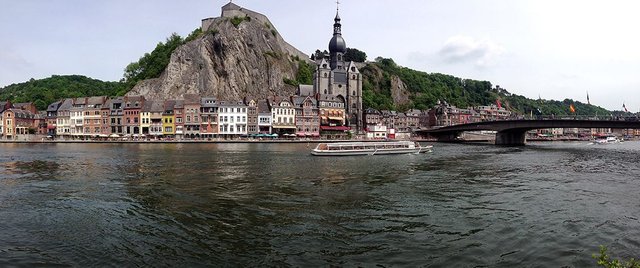
Things to see in Dinant
The majority of city life is gathered around the central bridge of Charles de Gaulle with a lineup of saxophones painted in different national colors and symbols commemorating Adolph Sax, the inventor of Saxophone, who was born in Dinant. The name of the bridge itself is not really related to the saxophones it now hosts, but is rather a memorial to the French president wounded here during the First World War. You can follow up on both the saxophone history in the nearby Maison Adolphe Sax or the First World War events in the exposition in the Citadel.
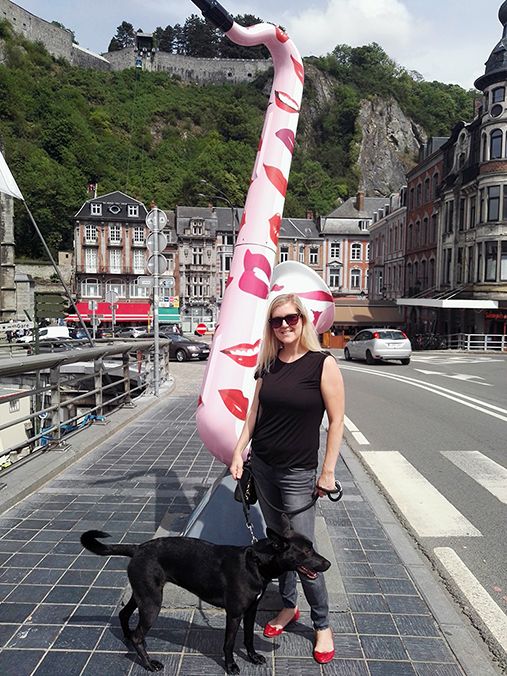
But we first went for lunch in one of the restaurants with terraces overlooking the river Meuse. So far the best Belgian meatballs we’ve ever had were the ones in Dinant’s Taverne de la Meuse. While there, don’t forget to order the local Belgian abbey beer, the famous Leffe (and for the in-depth insight into the brewing and production of the beer, you can also visit a Leffe museum in Dinant).
The main square of Dinant is a sight of the Gothic cathedral of the Notre-Dame de Dinant, famous for its pear-shaped bell tower (nicely visible once you climb up to the Citadel). Right behind the cathedral there is a cable car (or stairway) taking you to the top of the rock (the price is 8,50 euro for the cable car and the entrance to the Citadel).
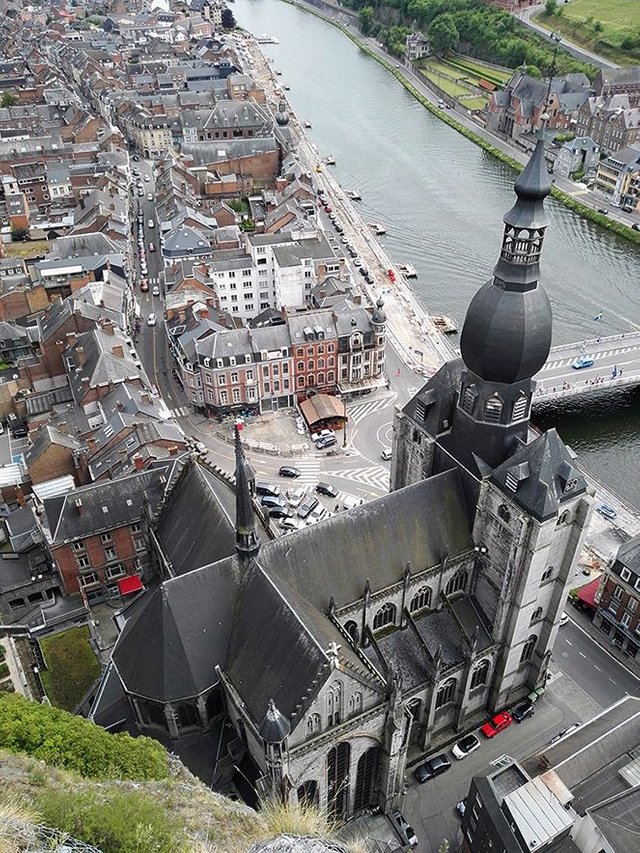
This medieval fortress is really a highlight of the city and we really enjoyed the permanent exhibition set inside the fort. The exhibition takes you through the First World War battles in this region (including the famous Battle of Dinant between Germans and French) and shows you the weaponry, dungeons and the organization of life on the battlefield. The best part of the exhibition is the passage through collapsed trenches, which is a rather surreal experience of walking on uneven ground with broken balks hanging over your head and wounded soldier puppets laying around you. It’s weird but memorable experience, so make sure you don’t miss it.
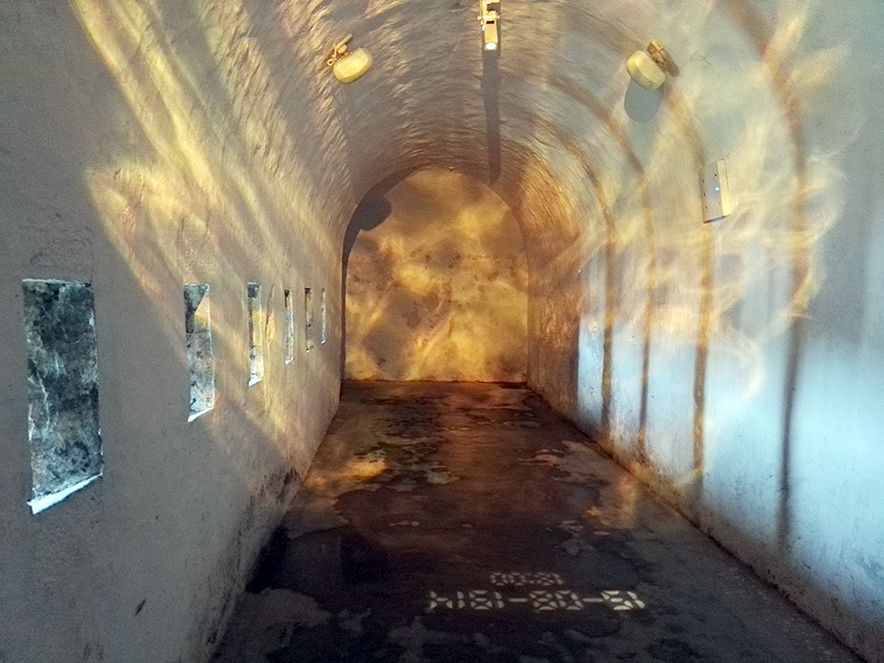
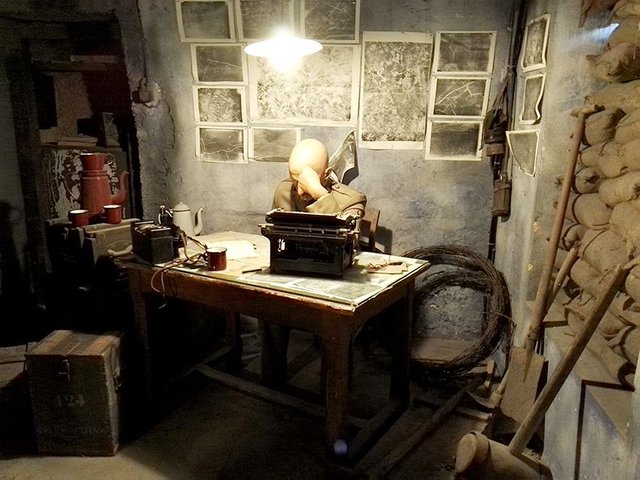
On our way back we walked along the riverside towards the last sight of the day, the Rocher Bayard. According to the legend a rock split when a magical horse Bayard jumped over the river Meuse while carrying the four sons of Aymon on their journey from Charlemagne through the Ardennes.
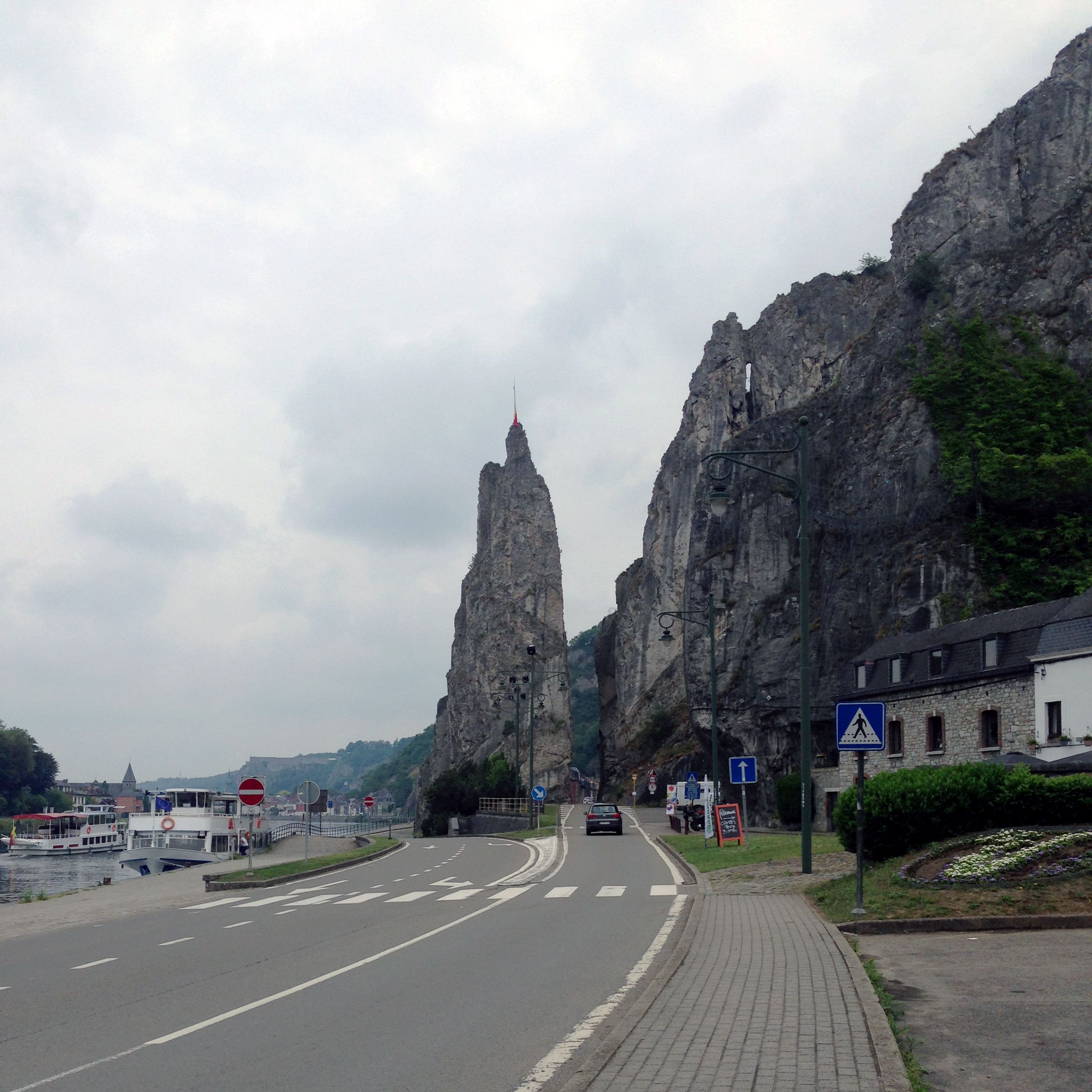
Our own journey back was taking us north, towards Bruxelles, but surely Dinant will see us again someday. 😊
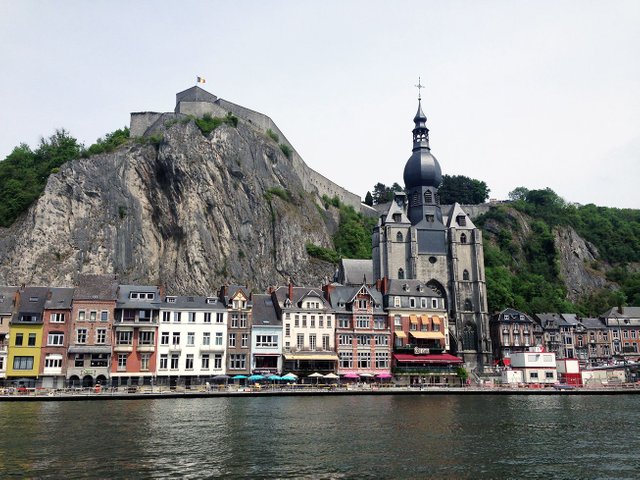
Great post and nice pictures, especially the last one.
Thanks, glad you like it 😊.
Pretty cool!
Upvoted!